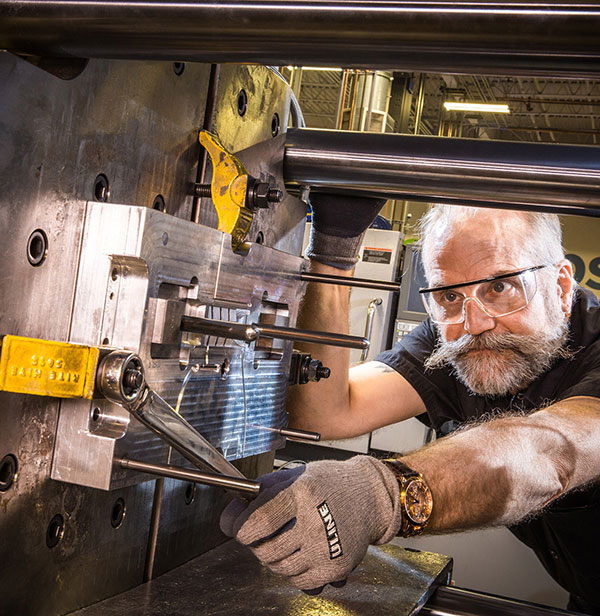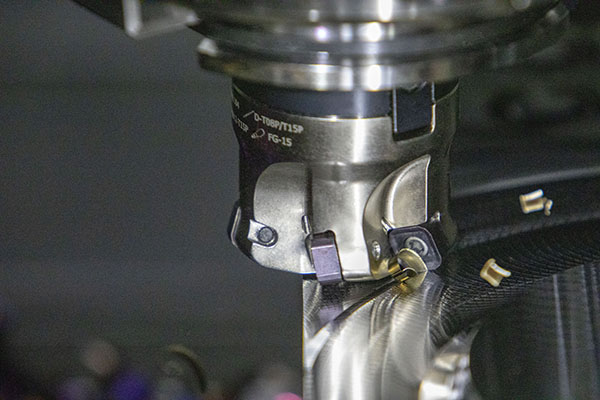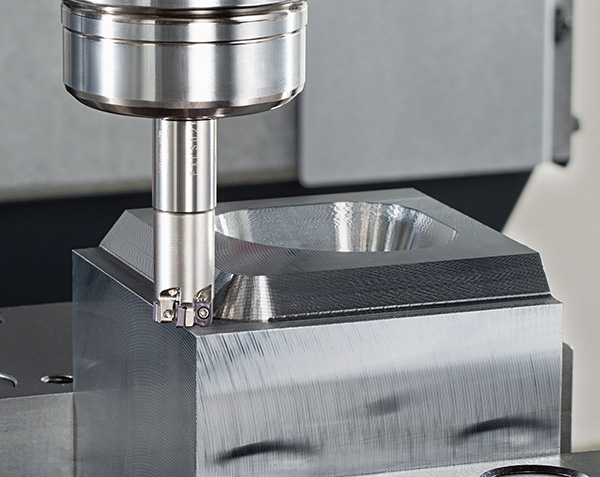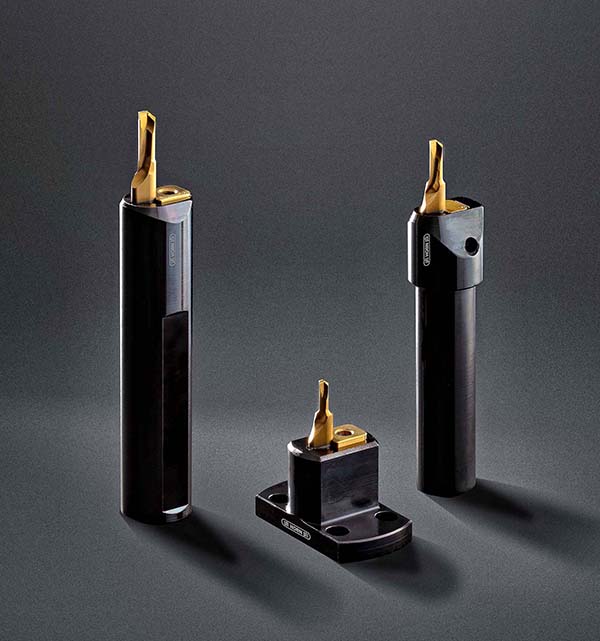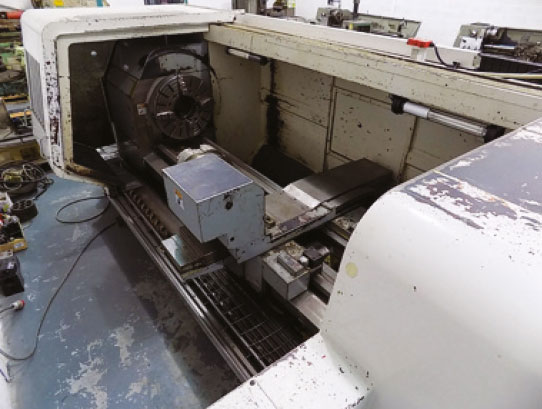The milling assortment for mould and die, as well as general machining applications, has been expanded by Dormer Pramet with several introductions.

Included in the expanded offer is the newly developed double-sided SNGX11 insert for high-feed milling with up to 1.7 mm depth of cut. A strong main cutting edge ensures high levels of durability and process security, especially when machining corners inside a pocket. With eight cutting edges, the square-shaped SNGX11 also represents an economical solution.
Designed for copy milling, helical interpolation, ramping, progressive plunging and face milling, the SNGX11 is available in two geometries. M is for machining steel, but also hardened steel and cast iron, while MM provides a smoother cut and is more suitable for stainless steel, soft steel and super alloys.
Dormer Pramet’s range is supplemented by the latest SSN11 cutter, which is available in diameters from 32 to 125 mm, with intermediate sizes for mould and die applications. All cutters feature a special through-coolant design to further improve process security, as well as a high overhang to support deep milling up to 10xD.
The company has also added to its ADMX07 milling programme with a newly introduced F geometry for finishing and semi-finishing applications. F geometry sits alongside the existing M, FA and HF geometries, and targets the light machining of stainless steel and low-carbon steels.
Aimed at vibration-sensitive machining, the chip breaker features a highly positive geometry with narrow peripheral land. This design reduces chatter and enables a smooth cutting action without burrs on the machined wall. Significantly, it also supports lower cutting forces, which not only reduce energy consumption, but prevent work hardening.
For further information www.dormerpramet.com







